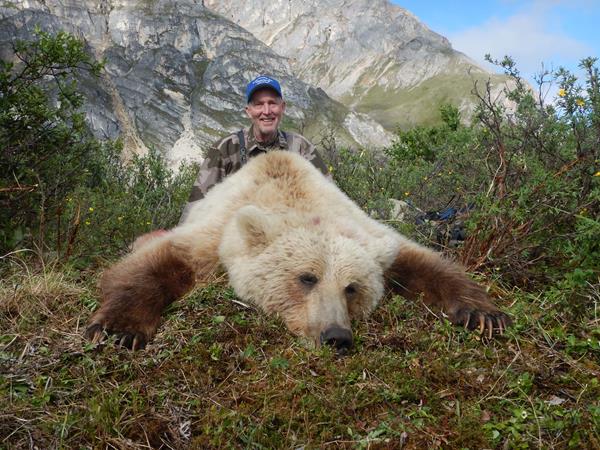
In this day and age, it seems that everyone is offended by something, relying on feelings instead of facts. When it comes to conservation and science, feelings shouldn’t be the ultimate decision maker. The restoration of federal protection for grizzly bears speaks no truer volumes. In the past weeks, a federal judge claimed that they are still endangered and that the Fish and Wildlife Department was incorrect in removing them from the endangered species list. Grizzly bears were placed on the endangered species list back in 1975 and have not been hunted since then in the lower 48. The grizzly bears in the greater Yellowstone region have since thrived and are at a manageable population. Much like the recent cancellation of grizzly bear hunts in British Columbia, which were cancelled because of feelings and not biological facts, there was and still is a healthy population of grizzly bears there. However, anti-hunting organizations had a louder voice at the end of the day.
Anti-hunting organizations expressed that they fear that delisting grizzly bears will cause collateral damage to the populations across the United States that have not yet reached recovery. What they don’t realize is that thousands of bears are harvested legally in Alaska each and every year with no impact on the grizzlies in the lower 48. Every year, government officials are forced to capture and relocate nuisance bears, and in some cases, they have to use lethal force on problem bears.
Another worry those opposed to the grizzly bear hunt presented was the fear of not seeing them when they visited Yellowstone National Park and Grand Teton National Park. This is frustrating because they are focusing on feelings instead of facts. There was never a proposal nor will hunters ever be able to hunt any species within the parks. The biggest problem with the grizzlies in the Yellowstone region is that they have outgrown the protections of both the Yellowstone and the Grand Teton national parks. They are venturing into populated areas, where the hunt would actually take place, which has resulted in human and grizzly bear altercations becoming more prevalent. Recently, there was a report of three grizzly bears in a local corn maze. I don’t know about you, but the last thing I want while having a family outing is a grizzly bear without a fear of humans running around in a corn maze.
Change will not happen until we, sportsmen and anti-hunters, find a mutual understanding. It’s important to find ways to have conversations with those who have opposing views to teach about the benefits of both sides. Arguing for the sake of arguing will not help the cause. Sportsmen need to take the higher ground and do what they can to show how conservation benefits all of us in the long run.
At the end of the day, the grizzly population needs to be managed, and it can be done one of two ways. Bears will either continue to be killed by government officials when there is a problem, or we can allow sportsmen to hunt them where the state will gain crucial conservation dollars as well as economic gains in local towns and businesses. We as hunters are not “killers;” we are conservationists who understand that in order to chase these amazing creatures we must sustain a renewable resource. As anti-hunting organizations gain footing, they will continue to attempt to take away the lifestyle we know and love. Now more than ever, our community needs to stick together, do the right thing, and teach instead of putting down.